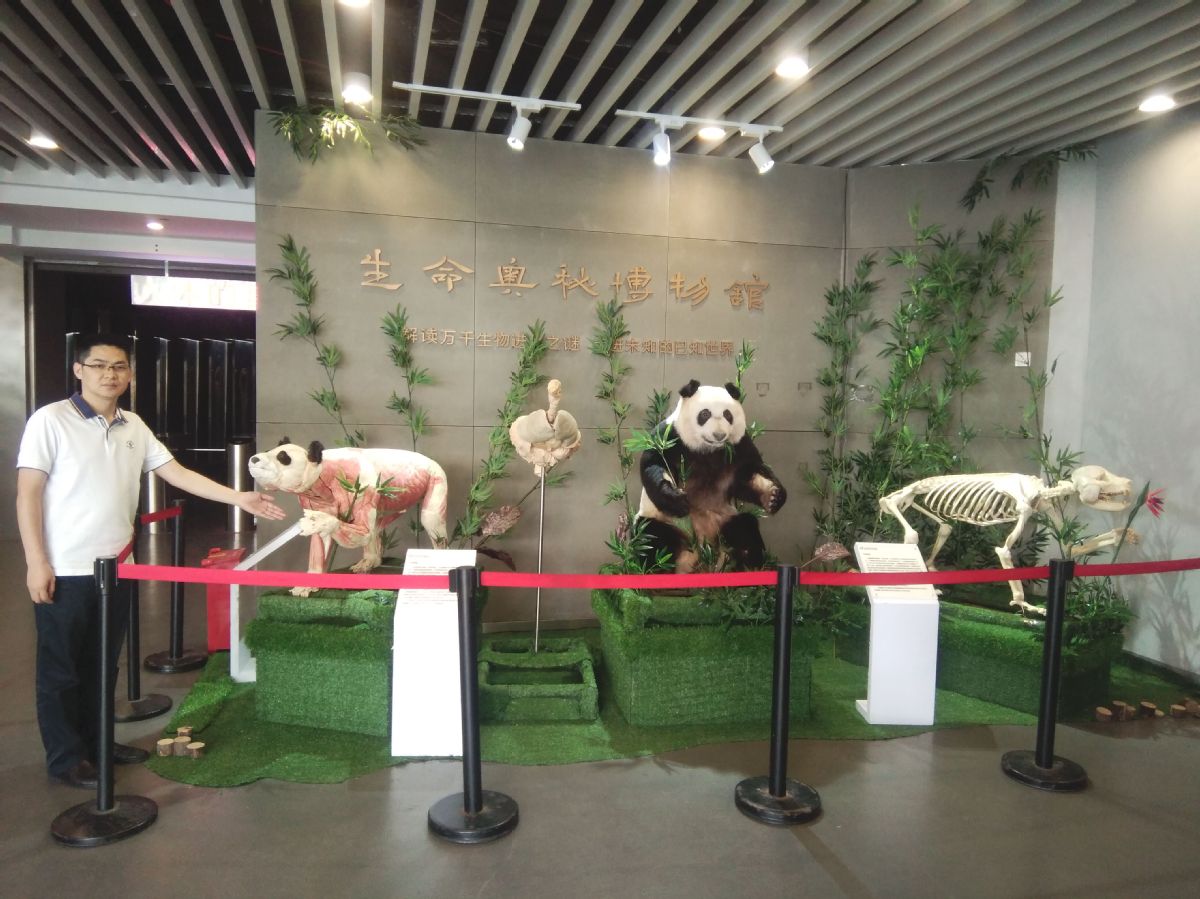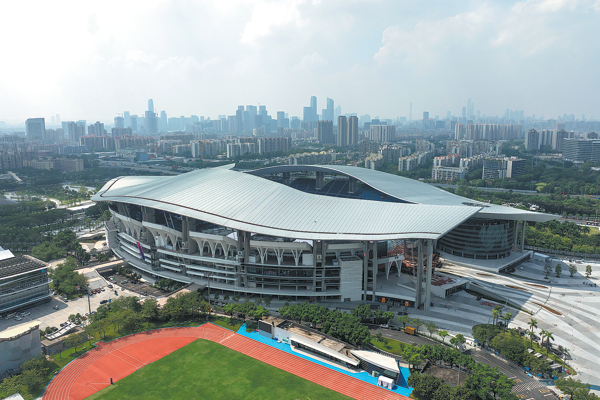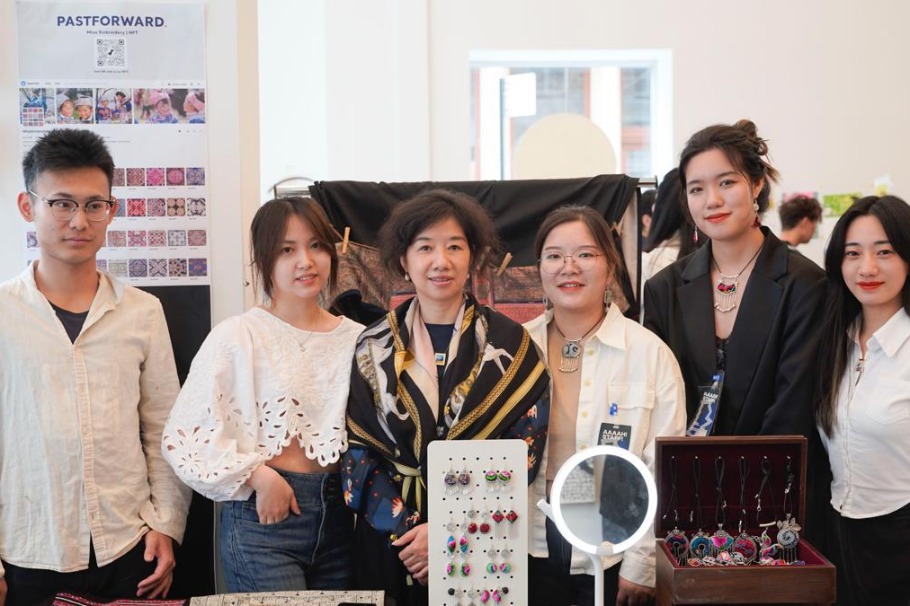Giant panda's body parts go on display in Sichuan


A female panda named Xin Ni'er from China Conversation and Research Center for the Giant Panda in Sichuan province died of duodenum obstruction in February 2016.
Thanks to the application of the plastination technology, its muscles, internal organs and skeleton are expected to last long, enabling visitors to have a better understanding of the animal.
Xin's plastinated muscles, internal organs and skeleton are supposed to last 1,000 years because of the technology, said Wu Jun, curator the Mystery of Life Museum in Chengdu, Sichuan, where they will be on display for two months.
The exhibition of Xin's body parts opened on Wednesday and visitors can view them free of charge till late June. The parts will return to China Conversation and Research Center for the Giant Panda after late June.
According to Wu, the center has asked Sui Hongjin, founder of the Mystery of Life Museum, to preserve Xin's muscles, internal organs and skeleton through the plastination technology.
The panda is in her present form after one-year work by Sui, a professor and dean of the department of anatomy of Dalian Medical University in Liaoning province, and his team, Wu said.
The exhibition is expected to let people know more about the evolution of the giant panda. For example, they will know that it used to feast on meat after they see the four long and sharp teeth of the plastinated skeleton, said Zhang Hemin, executive director of the center.
With changes in the environment, the giant panda started eating bamboo. To adjust to the changes in the eating habits, it gradually had a sixth finger, or a pseudo finger.
The sixth finger, which can be seen in the plastinated skeleton, is like a human thumb which helps the animal hold bamboo, Zhang said.
To plastinate Xin, workers disinfected it with formalin, dissected its body to separate its skin from its muscles, internal parts and skeleton.
Next, they dehydrated and degreased its muscles, internal parts and skeleton before injecting liquid polymer into them in vacuum and a low temperature.
The liquid polymer penetrated the cell tissues of Xin's muscles, internal parts and skeleton. When it hardened, the polymer plastinated them, Wu said.
The Mystery of Life Museum in Chengdu opened in December 2016 and houses plastinated human and animal bodies as well as their internal organs.





































